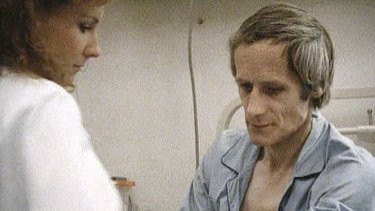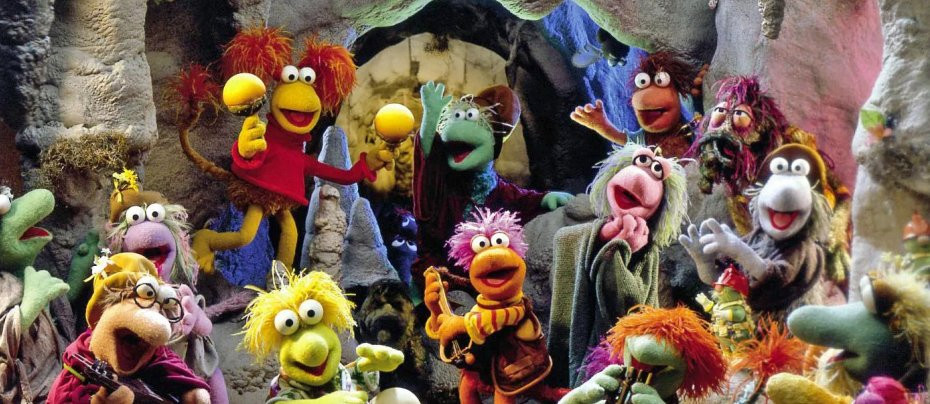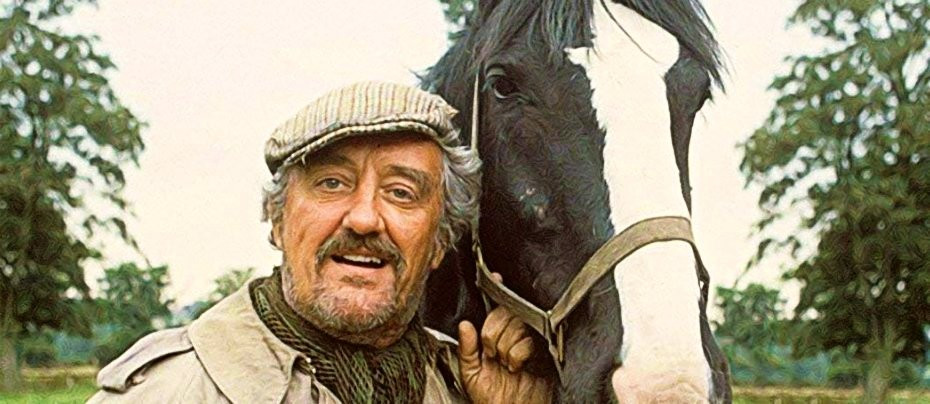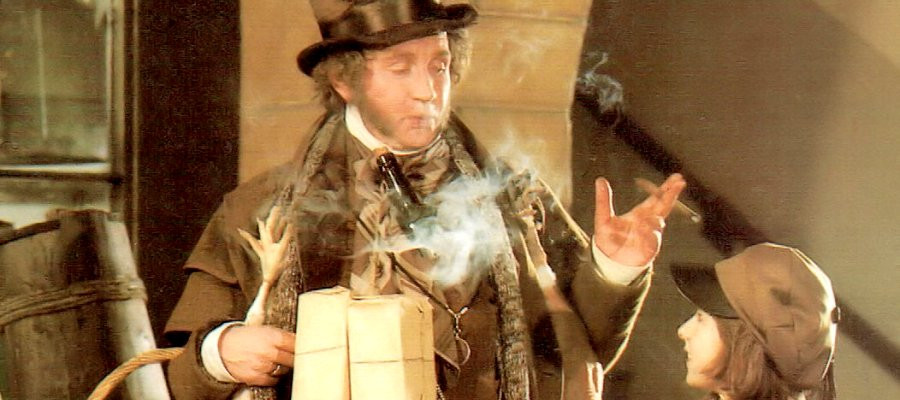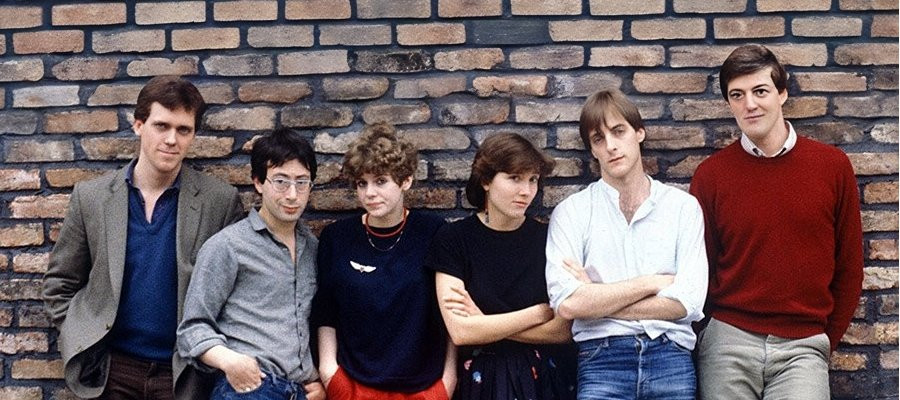
The Thorn Birds
1983 - United States‘To pull off such an epic, ABC needed some significant names behind their characters’
The Thorn Birds review by Brian Slade
There are often times when critical reception and viewing figure popularity are a million miles apart. It happens in pretty much every area of the artistic world and television is no exception. That was never more apparent than in 1983 when the BBC aired The Thorn Birds, a rolling American/Australian-made mini-series that got everybody talking, drew in the viewers and garnered many awards and nominations Stateside – only the for the UK critics to trash it and for the BBC to come under fire for having the audacity to buy it and air it.
The Thorn Birds was based on a wildly popular book by Colleen McCulloch. McCulloch was a research lab manager at Yale, but her sprawling Australian saga that spanned the first world war to the late 1960s catapulted her to fame. Given that this was an era where the glitz and glamour of the likes of Dallas and Dynasty were at their peak, it seemed inevitable that producers would come calling to bring this 600-page epic to our screens.
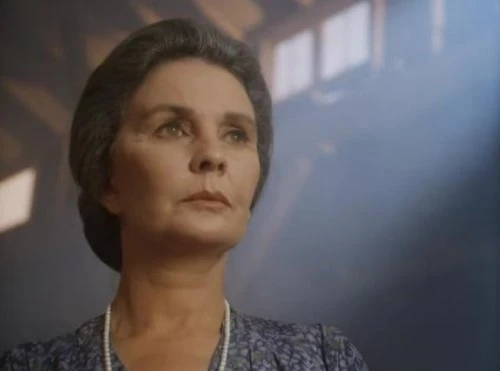
The storyline is built around the life of a family who are based in the Australian outback at a sheep station called Drogheda. The Cleary family, headed by the domineering matriarch Fiona Cleary, is on the search for a better life away from the comparative poverty they have in New Zealand. Fiona’s husband, Paddy, is invited to work on his sister, Mary Carson’s, family farm after his brother-in-law’s death and so the family move to New South Wales to tend the land and lead a more stable life.
Meggie, the Cleary’s only daughter, lives a life in the shade of her siblings. Throughout the timespan of the storyline, she has eight brothers. Fiona seems to prioritise all of them at Meggie’s expense and as such, Meggie is left to struggle to cope with going from childhood to adulthood with no significant stabilising force. That is where the local priest, Father Ralph de Bricassart comes in. He forms a bond with Meggie and becomes a father figure to her…which is where things start to go horribly wrong.
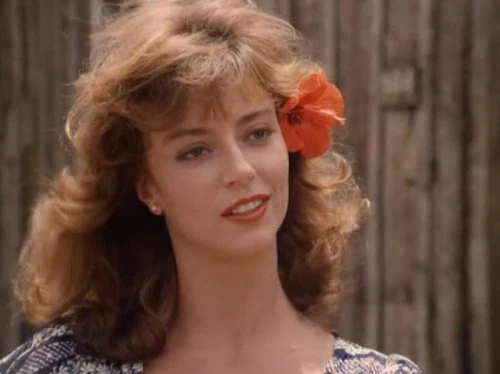
Father Ralph has pledged his life to the church and resisted the attentions of Mary Carson for some time. He is marooned in Gillanbone, a near neighbour to Drogheda, having transgressed in his behaviour towards a bishop. As the family’s moral counsel, Father Ralph becomes a key figure in the lives of the whole Cleary clan.
For some time, the standard soap opera storylines abound. Eldest son Frank is found to be illegitimate, and he leaves the area, while death befalls the next eldest, Hal. Meggie is a spectator to most of the goings on and eventually, her bond with Father Ralph deepens, much to the chagrin of Mary Carson. As her time on Earth draws to a close, Mary, whom it transpires is absurdly wealthy, chooses to leave the majority of her vast wealth to the church to encourage Father Ralph to progress to the higher echelons of the church elsewhere and leave behind his relationship with Meggie.
As the years progress, various events and tragedies bring the ambitious Father Ralph back to Drogheda, where Meggie remains during her life and her forbidden passion for Ralph does eventually become physical. However, his conflict and the call of the church takes him away from Australia and Meggie marries and has children of her own. The mini-series continues through to Ralph’s death with further tragedies and revelations.
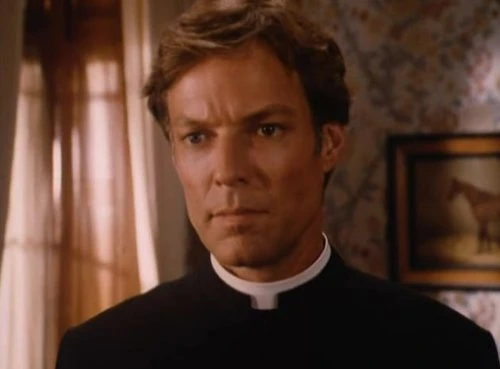
To pull off such an epic, ABC needed some significant names behind their characters. As Father Ralph, they called upon Richard Chamberlain, who had achieved fame as Dr Kildare. As the feisty Mary Carson, Hollywood Legend Barbara Stanwyck brought her talents to the screen, but for Meggie, producers opted for a comparative newcomer in Rachel Ward.
The Thorn Birds was a huge viewing success. Just as the book had flown off the shelves on its release in 1977, so viewers lapped up the sprawling epic, and the Emmys garnered it with six awards including for Stanwyck and Richard Kiley, who had portrayed Paddy Cleary.
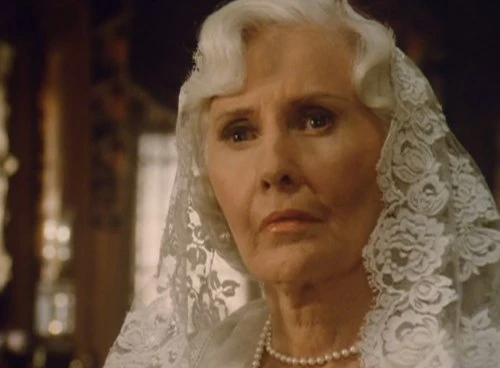
When The Thorn Birds was shown on the BBC, it found a substantial audience as well. It was reported at the time that the Central Electricity Generating Board had seen a surge substantial enough at its conclusion to require three back-up stations to be brought into action as homes reached for the kettle.
The BBC did not emerge so well. Critics despised such a show and the cost of buying it in riled them. It further irritated them that the Corporation should have the gall to try and compete with ITV by putting it opposite home-produced The Jewel in The Crown in the schedules. According to The Times, executives found themselves having to defend the BBC against suggestions that they could lose an uptick in licence fees for having the nerve to spend sums on The Thorn Birds.
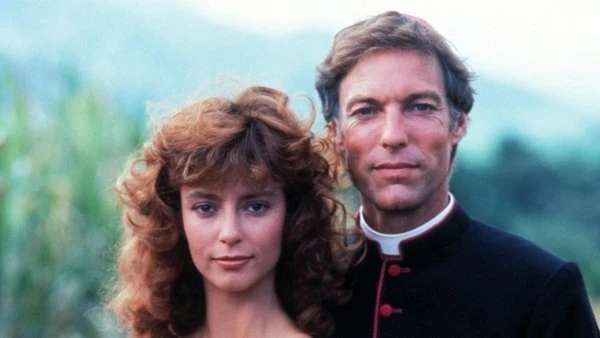
There are elements of The Thorn Birds that wouldn’t sit well with a modern audience. The uncomfortable wrestling of Father Ralph’s conflict between pleasures of the flesh and his lifelong devotion to the church are awkward enough, but not unique to this particular mini-series. A modern audience may find the age at which he struck up a bond with Meggie a little too discomforting, however.
There’s no denying that Stanwyck, Chamberlain and Kiley perform well in their roles, albeit Ward garnered very few plaudits for her appearance. The combination of the scale of the drama however led to The Thorn Birds setting vast viewing figures and, on that basis, it can be considered a rip-roaring success.
Seen this show? How do you rate it?
Seen this show? How do you rate it?
Published on August 9th, 2023. Written by Brian Slade for Television Heaven.


